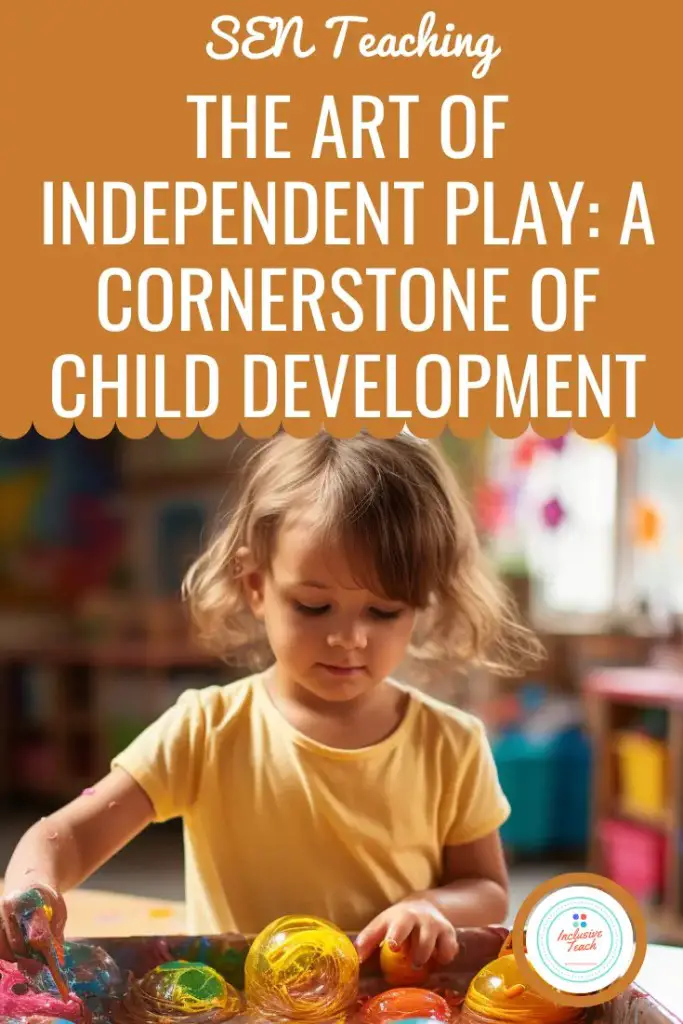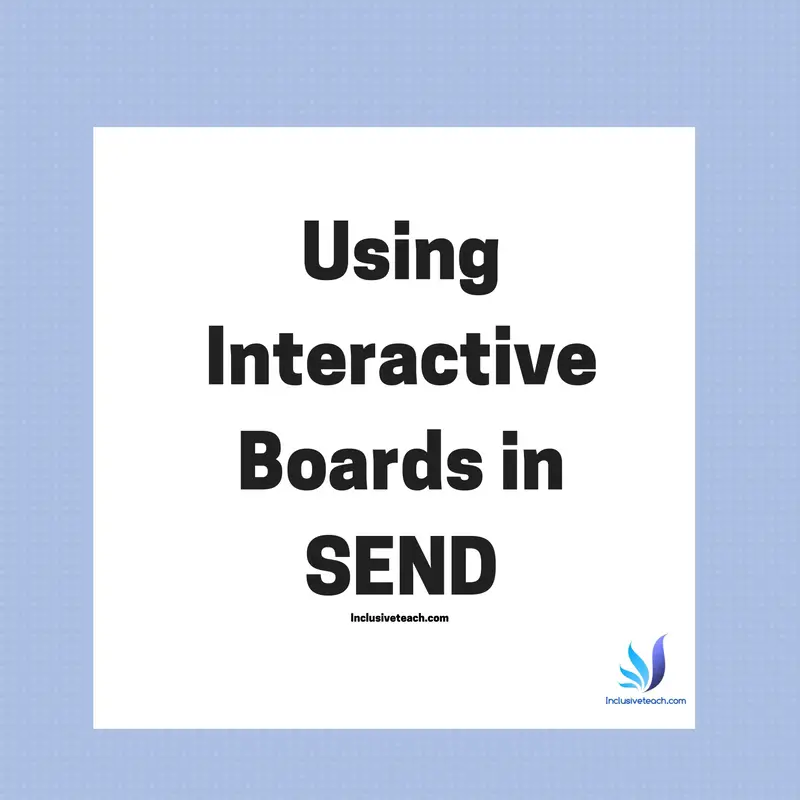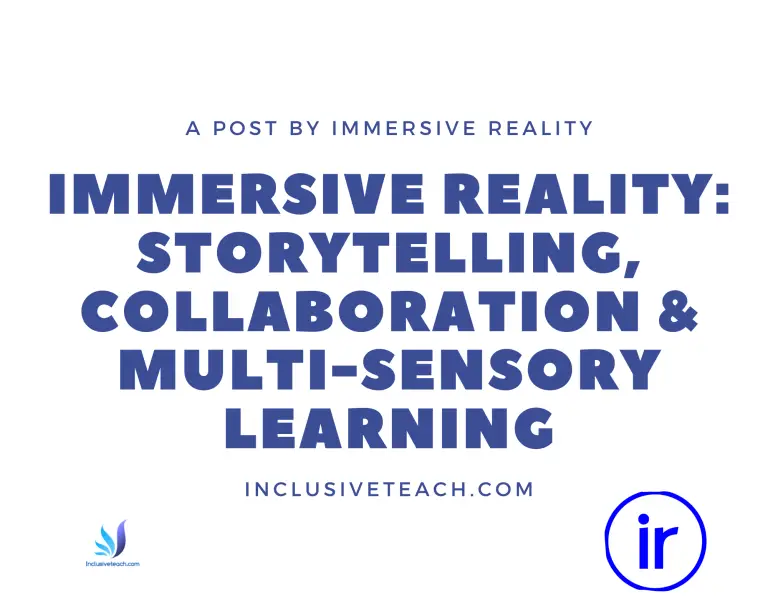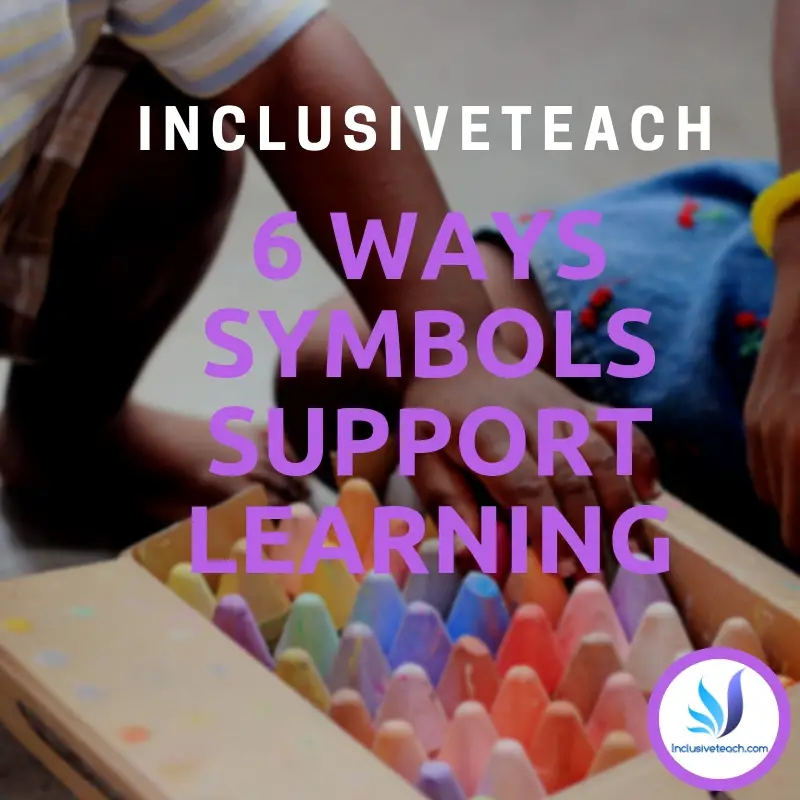Independent Play: The Cornerstone of Child Development
What is Independent Play?
Independent play refers to the time when children play alone without the direct involvement of others. This doesn’t mean they’re isolated or neglected; instead, they’re learning how to entertain themselves, explore their environment, and develop their creativity and imagination. It’s a crucial part of a child’s development, fostering resilience, independence, and problem-solving skills.
Why is Independent Play Important?
Raising a child involves balancing various aspects of their growth, from cognitive development to emotional intelligence. One often overlooked but crucial component of this complex puzzle is independent play. It isn’t about leaving your child alone aimlessly; instead, it’s about allowing them the space to explore their world, make sense of their surroundings, and develop crucial skills. This comprehensive article will delve into the benefits of independent play, supported by research, expert advice, and practical tips for encouraging independent play in your child.
10 Benefits of Independent Play
- Promotes problem-solving skills
Independent play provides crucial opportunities for children to build their problem-solving skills. When playing alone, children must assess challenging situations, brainstorm solutions, and test out their ideas without relying on adult guidance. This process of critical thinking and figuring things out on their own strengthens children’s analysis abilities and cognitive flexibility. Problem-solving during solo play also teaches kids resilience as they learn to persevere through setbacks until they achieve their play goals. These important skills will serve children well beyond playtime.
- Allows practice of real-life skills
Imaginative independent play allows children to rehearse real-world skills through activities like setting the table, building structures, cleaning up, or acting out careers. Safely practicing these activities during play helps prepare children for applying them in everyday life. For example, setting the table with play dishes improves their ability to help with the real chore. Dramatic play also builds social skills as kids role play situations like going to the doctor or caring for a baby doll. Independent play provides a vital window for practicing life skills to build developmental competence.

- Boosts confidence and resilience
When children accomplish play activities on their own, it gives them a huge sense of pride and belief in their own abilities. This boost in confidence comes from overcoming challenges independently and directing their own play experience. Children’s resilience is also strengthened as they learn to bounce back from disappointments that arise during play, like a block tower collapsing. Working through frustrations and setbacks builds coping skills. The confidence and resilience gained through independent play activities equips children to handle challenges in future learning.
- Encourages creativity and imagination
Independent play provides the freedom for creativity and imagination to truly flourish. Without adult restrictions or control, children’s play ideas can develop in flexible and original ways. This promotes innovativeness as kids incorporate new concepts and combine ideas in inventive ways during play. Unstructured play time is essential for children to exercise their imagination fully. Nurturing creativity now builds life-long skills for original thinking and self-expression.
- Provides important solo time
While social play has many benefits, independent play fulfills children’s equally important need for alone time. Playing independently gives kids a break from interactions to quietly process experiences and “recharge their batteries.” Solo play enables children to reconnect with their inner thoughts and feelings. This separation from others allows children to regulate emotions, develop an autonomous sense of self, and gain comfort with being alone. Independent play offers therapeutic benefits now and builds capacity to experience solitude.
- Promotes concentration and attention
When children are fully engaged in self-directed play that captivates their interests, they devote their complete attention for lengthening periods of time. This ability to tune into play activities deeply strengthens children’s concentration muscles and extends their attention span. Focused independent play lays the groundwork for the attention control needed to self-direct learning behaviors in the classroom environment. It is healthy play, not academic skill drills, that best enables the attention development vital for education.
- Allows experimentation and risk-taking
Independent play enables beneficial experimentation, exploration, and reasonable risk-taking. Without adult warnings or interference, children learn to independently assess situations in play and push their abilities within safe limits. Taking manageable risks during play, like climbing a tree branch or mixing colors, helps children overcome fears. They also gain coping strategies for handling setbacks when experiments fail. By supporting children’s autonomous risk-taking and growth mindset during play, we enable their self-confidence and resilience.
- Develops self-regulation skills
Learning to independently manage emotions, control impulses, and stay focused on play activities is wonderful practice for developing children’s self-regulation capacities. When play plans go awry or don’t work out how they envisioned, children must regulate their frustration and persist in problem solving. Solo play strengthens their ability to follow through on plans, delay gratification for distant goals, and modulate feelings. Developing these self-regulation skills in fun play contexts equips kids to generalize them to classroom and social situations.
- Encourages goal-setting
Self-directed play encourages children to independently set goals and make plans to achieve them. Maybe they decide to build the tallest block tower or create a zoo from stuffed animals. Pursuing play goals requires envisioning the steps needed to accomplish them. This fosters abilities like strategic planning and logical sequencing that pave the way for mastering goal-setting in learning contexts. Independent play goals teach kids to generate ideas, make choices, follow through despite obstacles, and experience success from effort.
- Builds executive functioning
Independent play inherently involves using and building the foundations of executive function—the cognitive self-regulation skills that enable learning. When kids direct their own play, they have to organize ideas, plan sequences of imaginative action, switch roles, remember story themes, and multitask. Exercising these higher-order thinking skills during play strengthens children’s working memory, cognitive flexibility, and impulse control. Independent play offers a purposeful avenue for developing executive function in joyful ways that pay dividends in the classroom.
Independent Play vs. Structured Play
While structured play – activities guided by adults or prescribed rules – has its benefits, independent play offers unique advantages. It allows the child to take the lead, think for themselves, and develop their autonomy. This balance between structured and independent play is vital for a well-rounded development.
Specific Areas of Child Development Improved During Independent Play
Cognitive Development
Independent play can stimulate a child’s cognitive development. When children play alone, they engage their imagination, creativity, and problem-solving skills. They learn to think for themselves, make decisions, and gain a better understanding of their world.
Emotional Development
Independent play allows children to explore their feelings and learn how to manage them. It provides a safe environment for them to express their emotions and navigate through different emotional scenarios.
Social Development
Even though independent play involves playing alone, it still contributes to social development. It helps children develop an understanding of themselves, which is the first step towards understanding others. They learn about their preferences, dislikes, strengths, and weaknesses.
Encouraging Independent Play in the Classroom
Creating an Environment for Independent Play
- Safe and Stimulating – A safe, child-friendly environment is the foundation of independent play. Your classroom should be free of potential hazards and filled with open-ended toys and materials that stimulate creativity and exploration.
- Quiet Corners – Create quiet corners or areas in your classroom where students can retreat to. These can be spaces for reading, drawing, or other independent activities.
- Choice – Allow students to choose what they want to play with and where they want to play. Providing choice fosters autonomy and encourages students to take responsibility for their learning.
- Variety of Toys – Provide a variety of toys that cater to different aspects of your child’s development. Open-ended toys, such as blocks or dolls, can stimulate imagination and creativity.
- Not too many toys – This can be overwhelming and actually prevent effective play.
- Balancing Alone Time and Interaction – Balance periods of independent play with times of interaction. While independent play is beneficial, children also need interaction with parents and peers to develop their social skills and emotional understanding.
Integrating Independent Play into Your Daily Routine
- Balanced Schedule – Create a balanced daily schedule that includes periods of guided instruction and independent play. Remember that independent play isn’t a time filler; it’s a valuable part of the learning process.
- Transition Time – Use transition times between activities as opportunities for independent play. These can be times when students can choose what they want to do while waiting for the next activity.
Encouraging Independent Play
- Model Play – Model how to play with toys or materials, then step back and allow students to explore on their own.
- Be a Facilitator – Instead of directing play, act as a facilitator. Provide resources, help when asked, but allow students to lead their play.
- Praise Efforts – Acknowledge and praise students’ efforts after independent play has finished – don’t interrupt when they are engaged. This encourages them to continue exploring and taking risks.
Frequently Asked Questions
Q1: How can I ensure that all students are engaged during independent play?
A: Provide a variety of materials and activities that cater to different interests and learning styles. Monitor your students and offer guidance or new materials if they seem unengaged.
Q2: What do I do if a student is struggling with independent play?
A: Some students may need more guidance initially. Gradually increase the amount of independent play time as they become more comfortable.
Q3: How do I handle conflicts that arise during independent play?
A: Use conflicts as teaching moments. Guide students in problem-solving and expressing their feelings in a respectful manner.
Q4: How can I assess learning during independent play?
A: Observation is key. Take note of the skills students are using, their interactions with materials and peers, and their problem-solving strategies.
Q5: At what age should children play independently and for how long?
While independent play skills naturally increase with age and development, there is no single “right” age for solo exploration. Each child progresses differently based on their unique personality, support system and experiences.
Some general guidelines include:
Around 6-12 months: Brief instances of independent play – 2-5 minutes at a time – may hold their interest as they start discovering the world around them. Caregiver presence and validation is still important.
12-18 months: With comforting familiarity near, many toddlers can happily engage independently for 10-15 minutes depending on the day. Self-soothing skills are emerging.
18 months – 2 years: With enriching activities and safe autonomy support, windows of solo play may extend to 15-20 minutes on average at this stage. Independence and imagination are blossoming.
2-3 years: Most young preschoolers can find focus without constant 1:1 assistance for 20-30 minutes in comforting environments set up for success. Representational skills emerge.
Keep in mind these are simply estimates – all kids develop self-directed learning uniquely. The objective shouldn’t be length of alone time but rather building trusting relationships and confidence through properly supervised exploration at each milestone.

Conclusion
Independent play is much more than just a way to keep a child busy; it’s a crucial aspect of their development. By providing opportunities for independent play, we’re fostering their cognitive, emotional, and social growth. As parents, it’s our responsibility to strike that delicate balance between guiding our children and letting them explore on their own. The result will be resilient, creative, and well-rounded individuals ready to face the world’s challenges.
There are several misconceptions about independent play, such as the idea that it leads to antisocial behavior or that it’s a form of neglect. This section will debunk these myths and provide clarity on the role and value of independent play in child development.
While independent play encourages autonomy, the role of parents and caregivers is still essential. Parents need to provide a safe environment, appropriate toys, and a balance of alone and interactive time. They should also be responsive to their child’s needs and ready to step in when necessary.







3 Comments